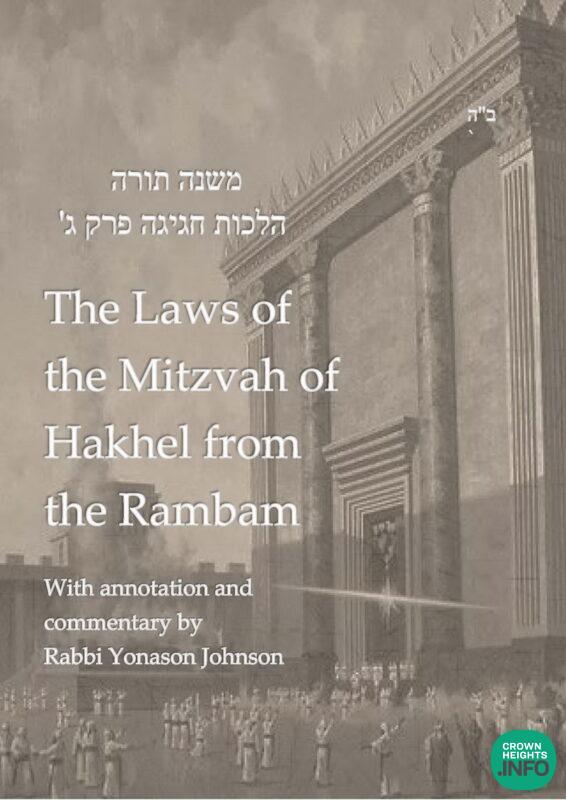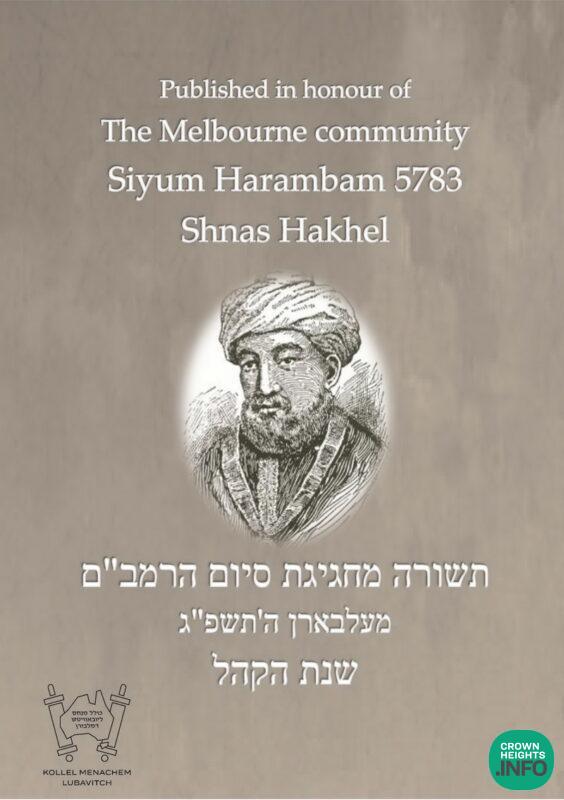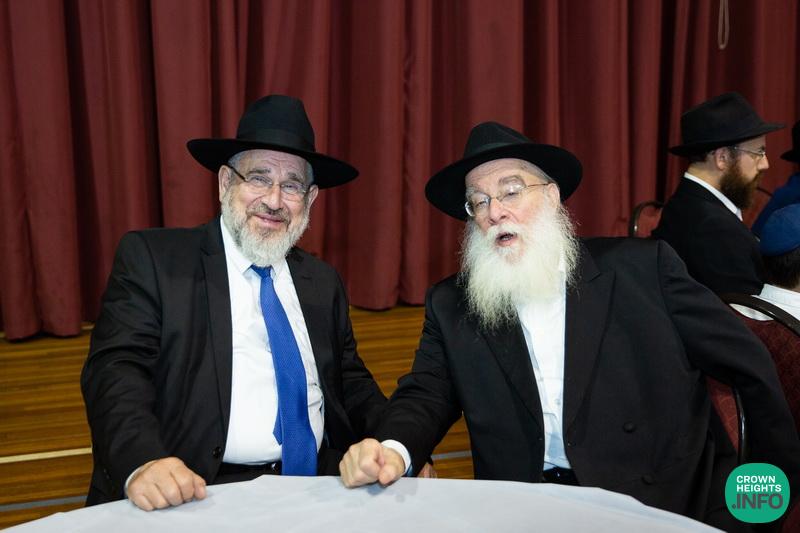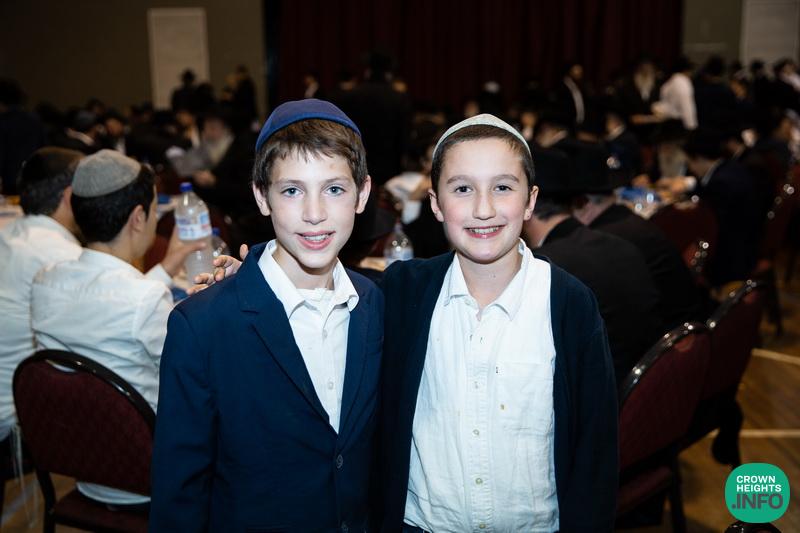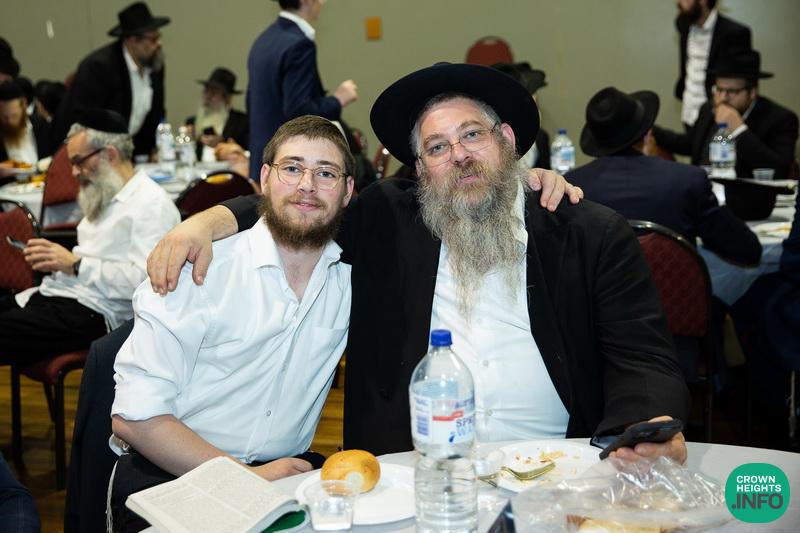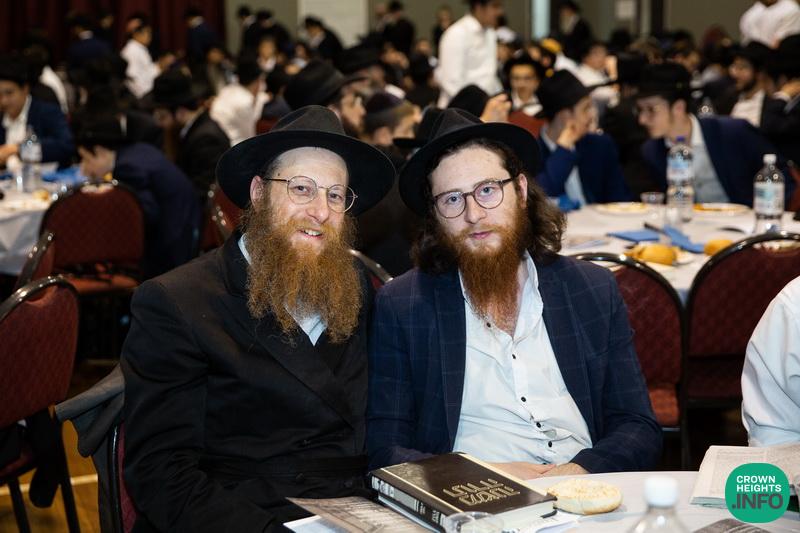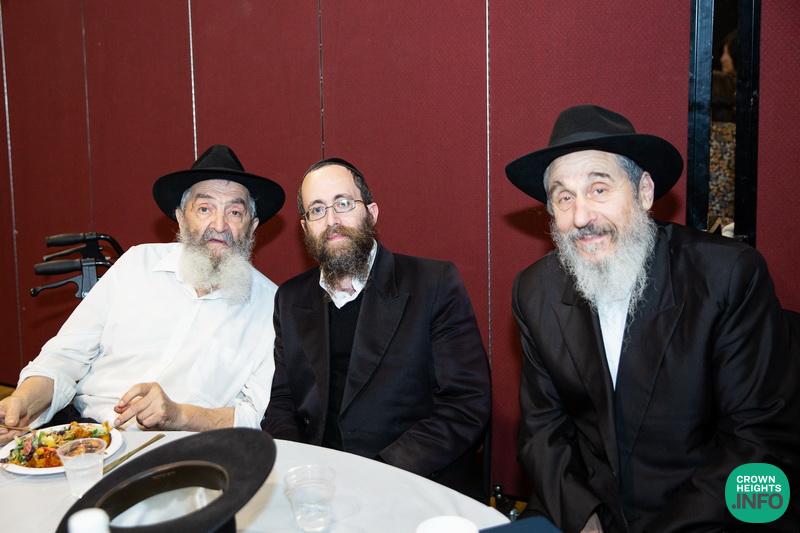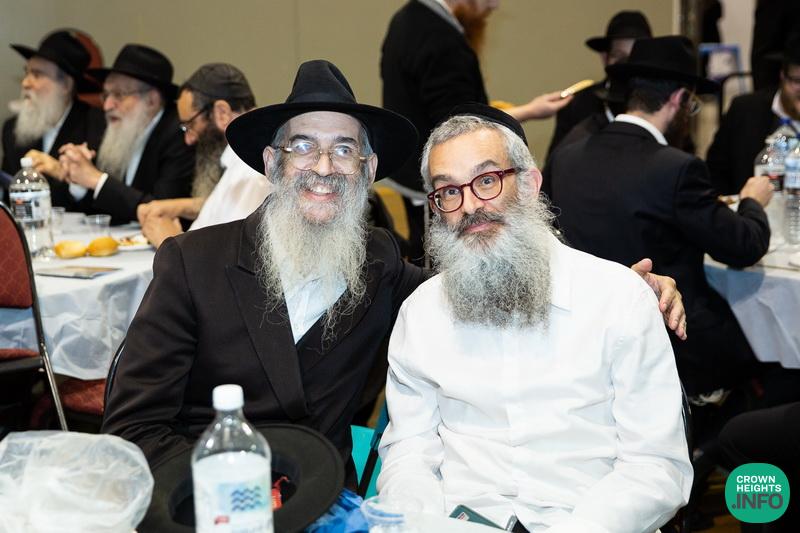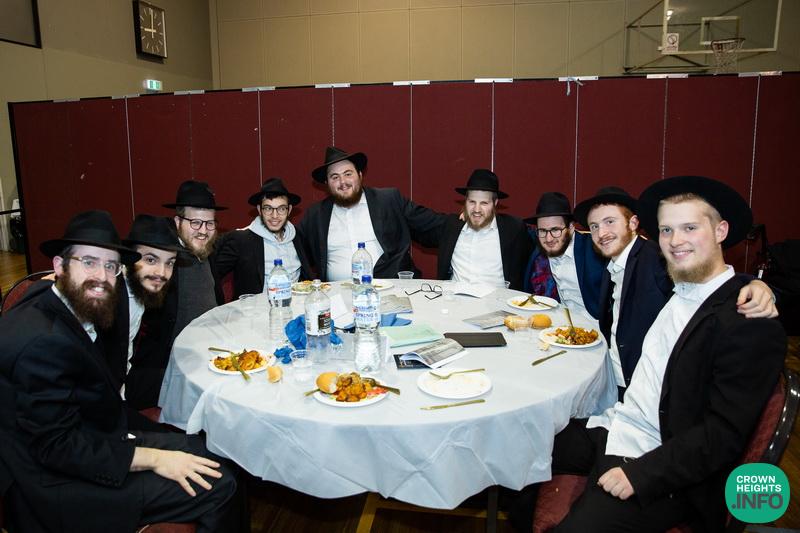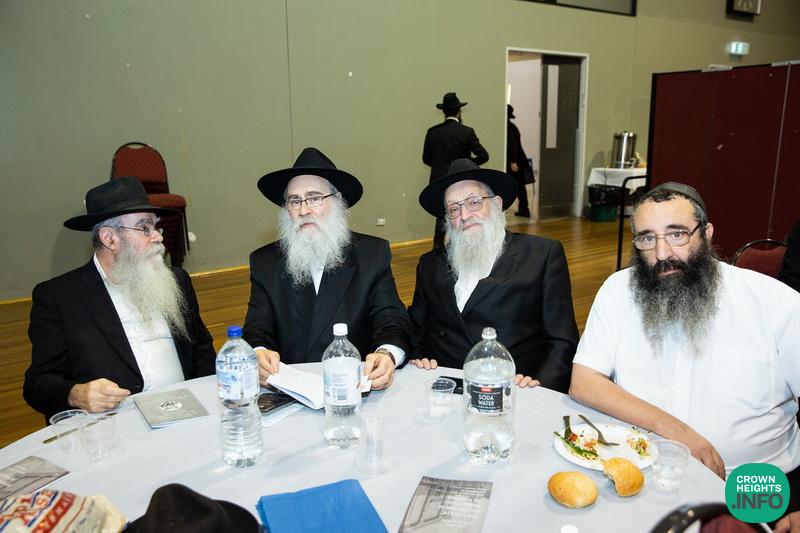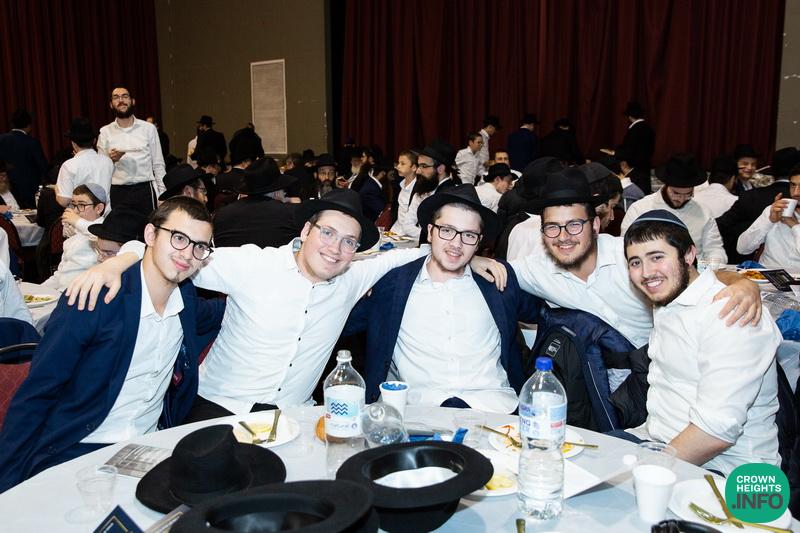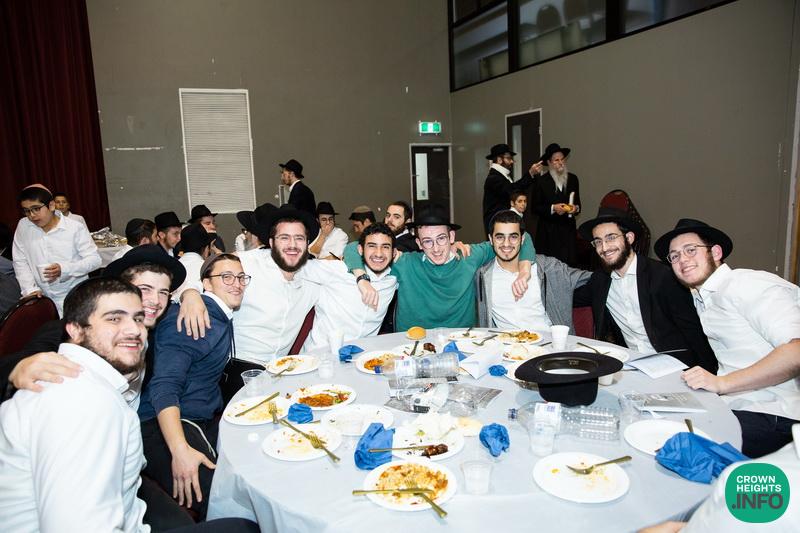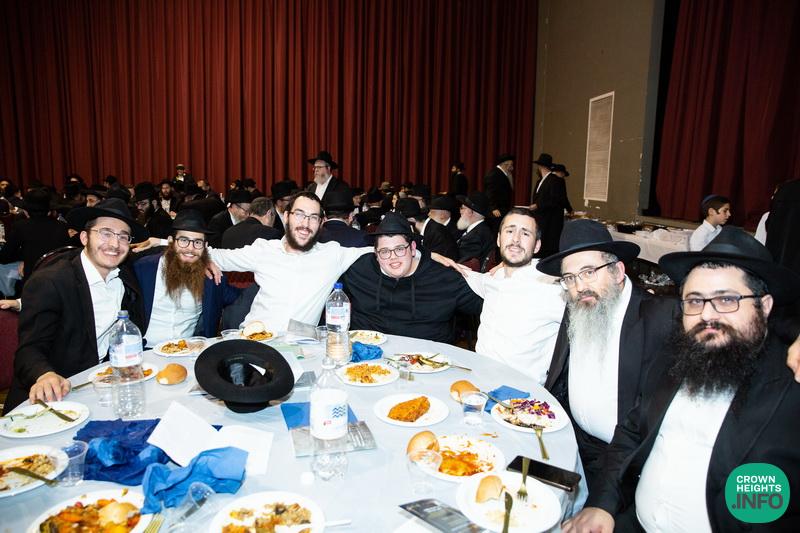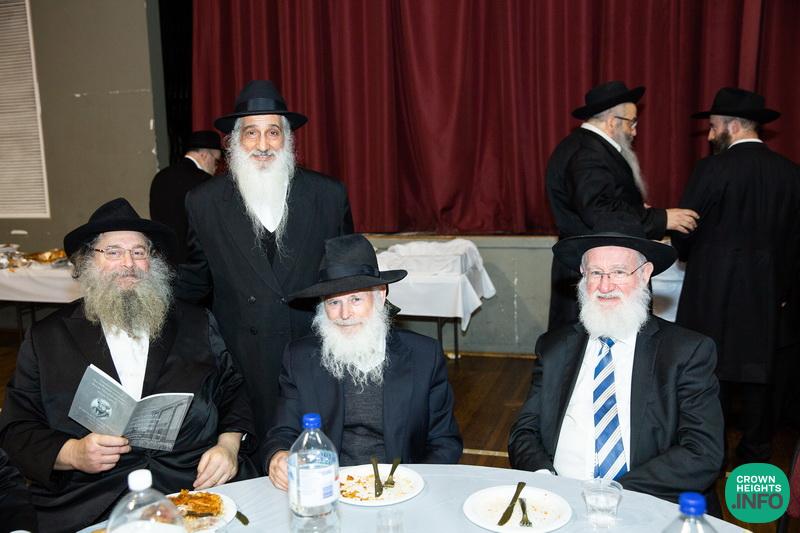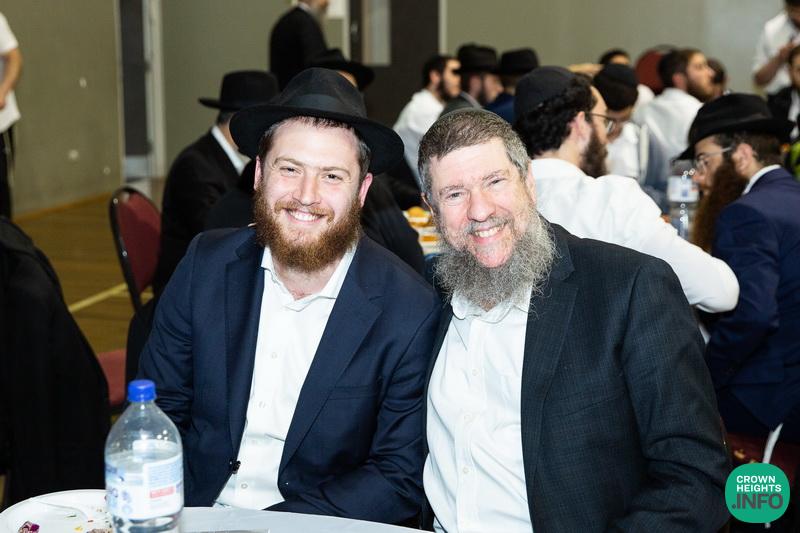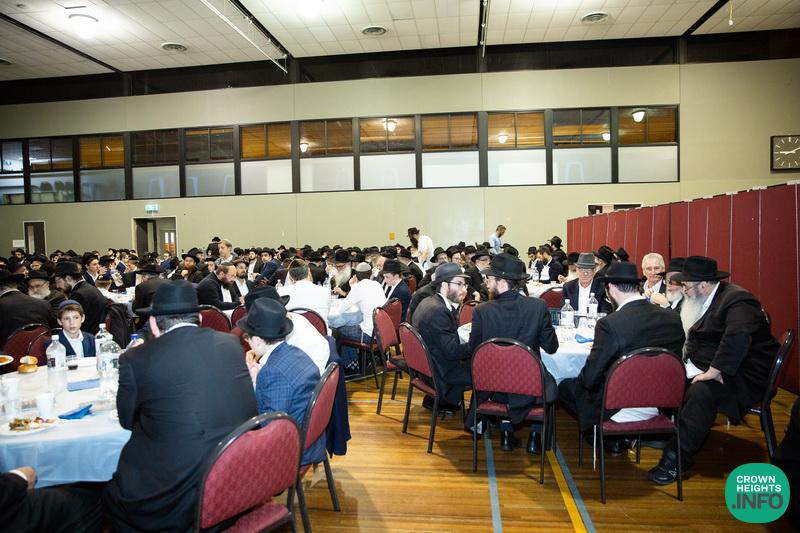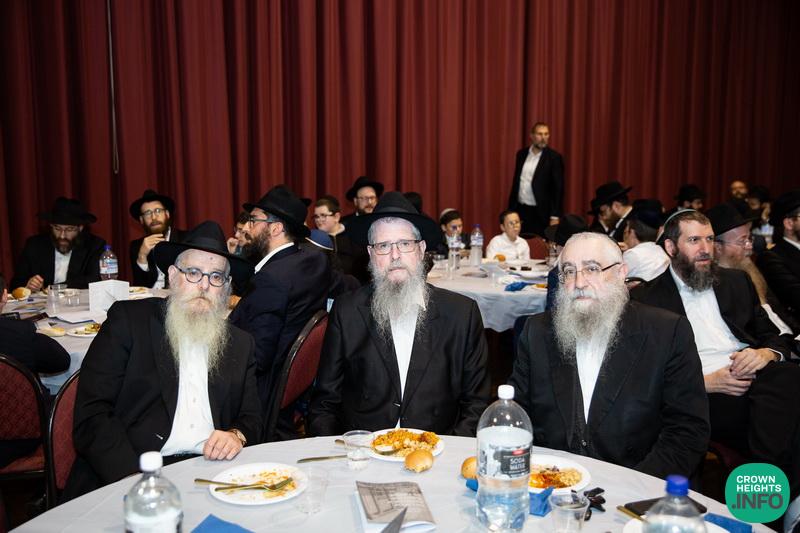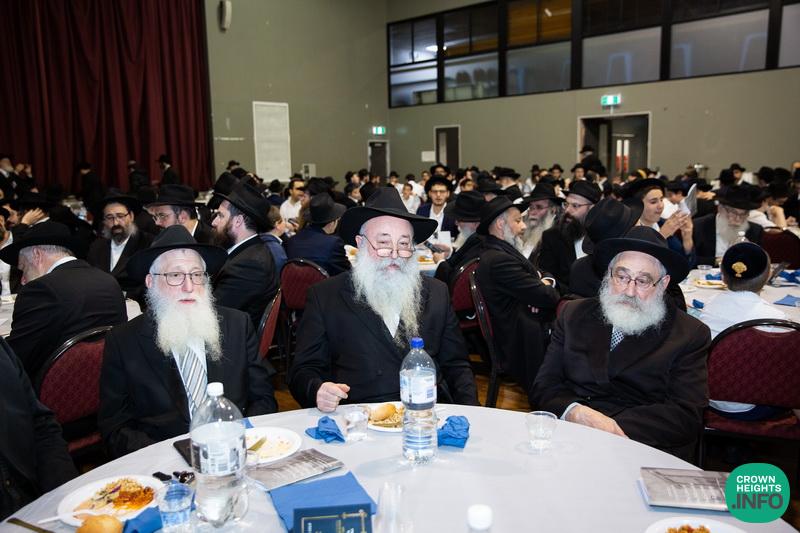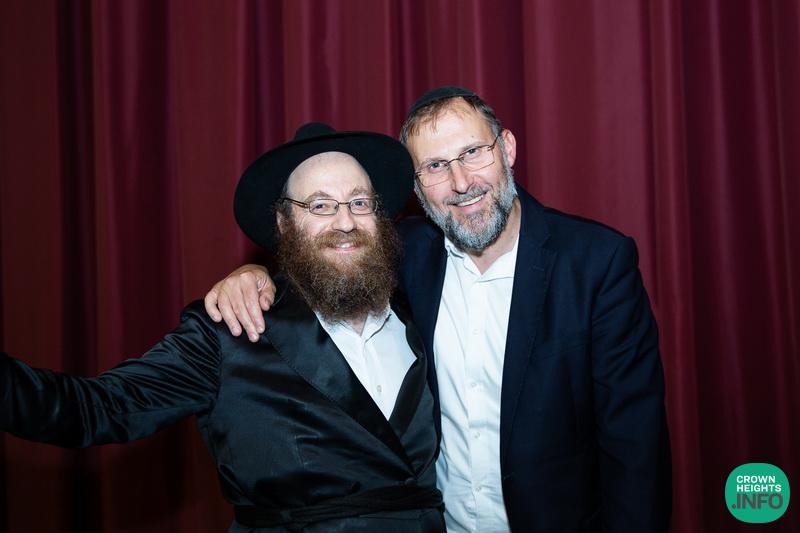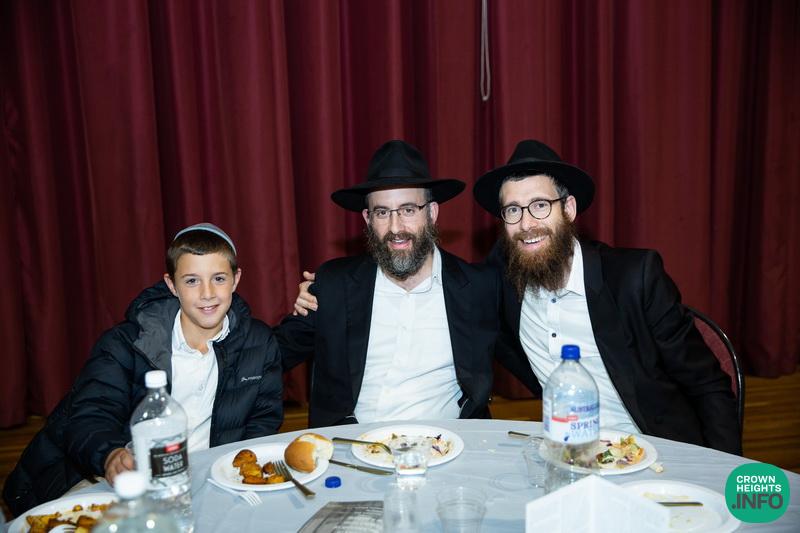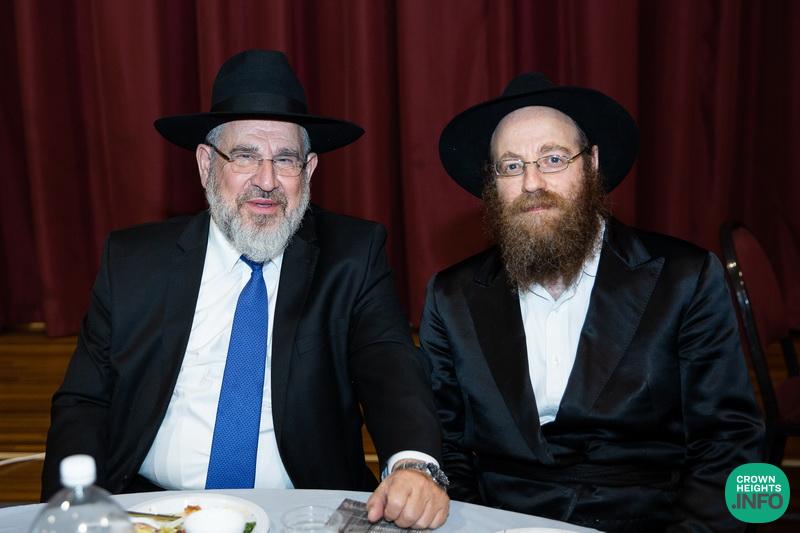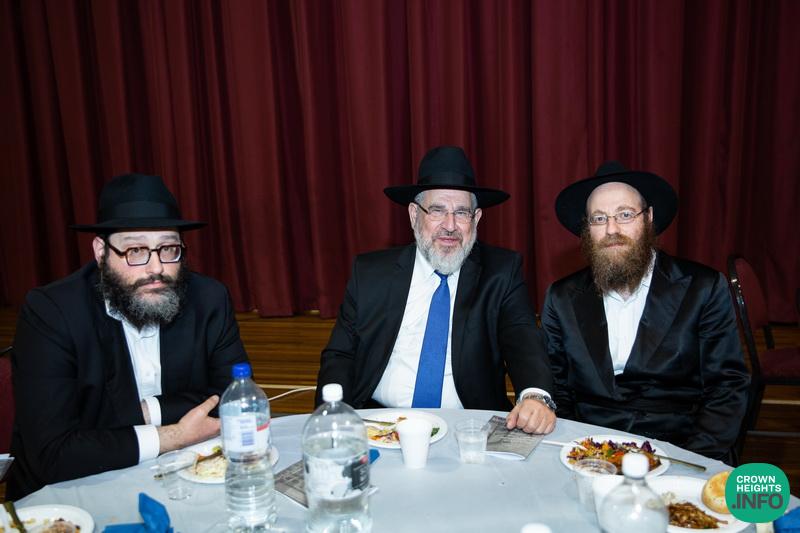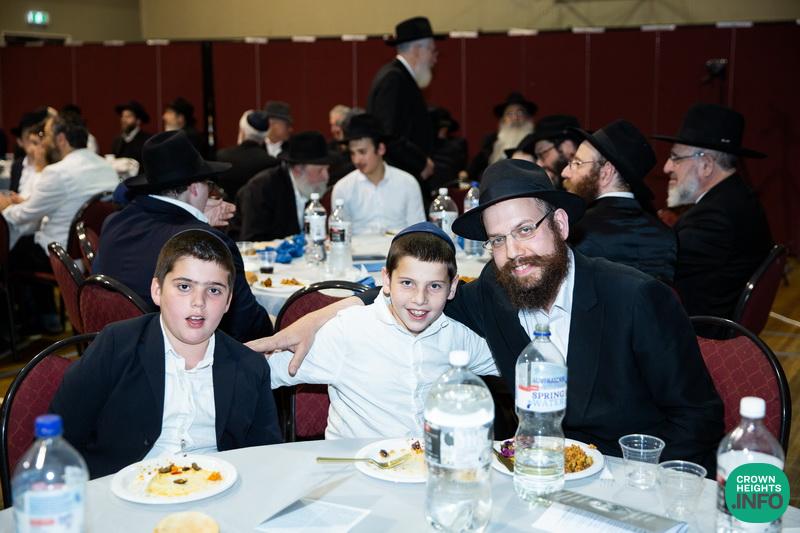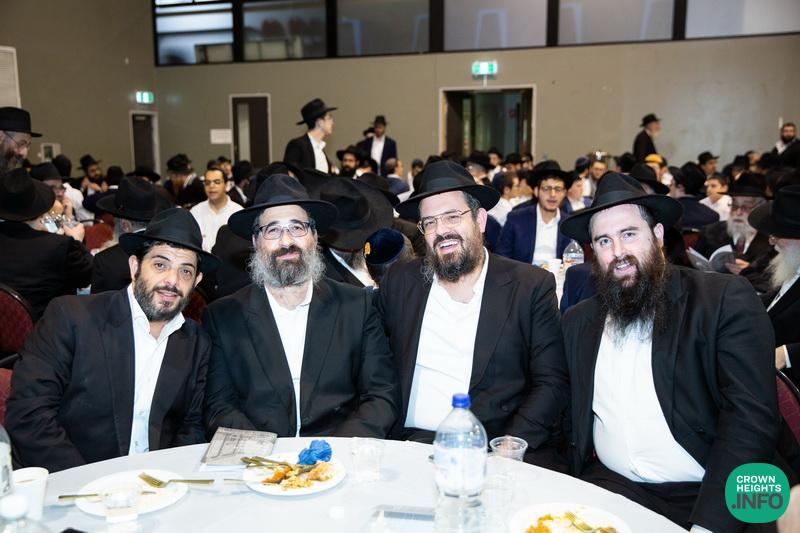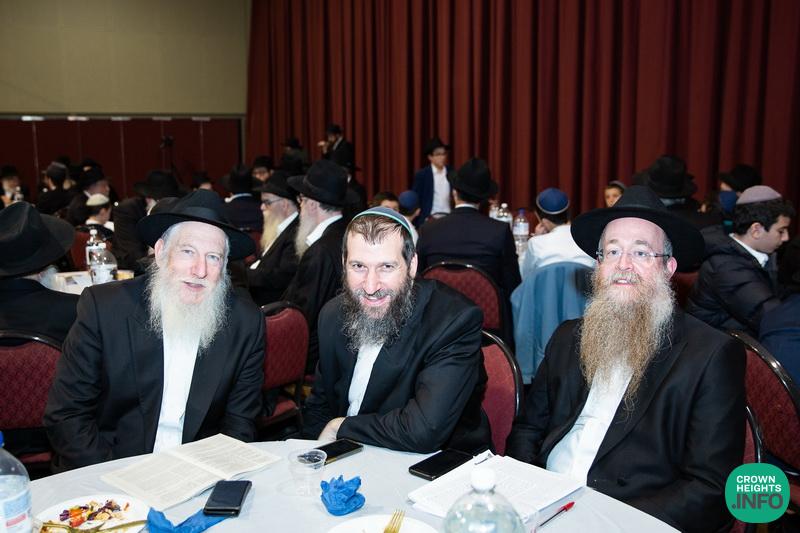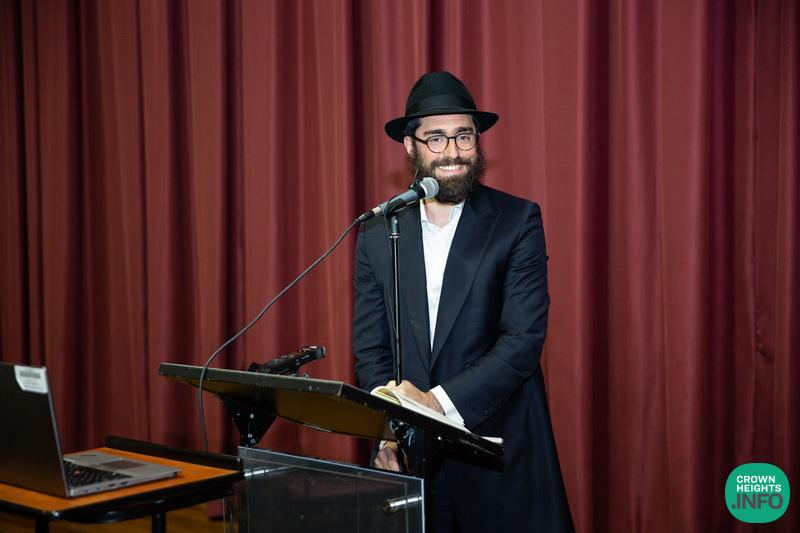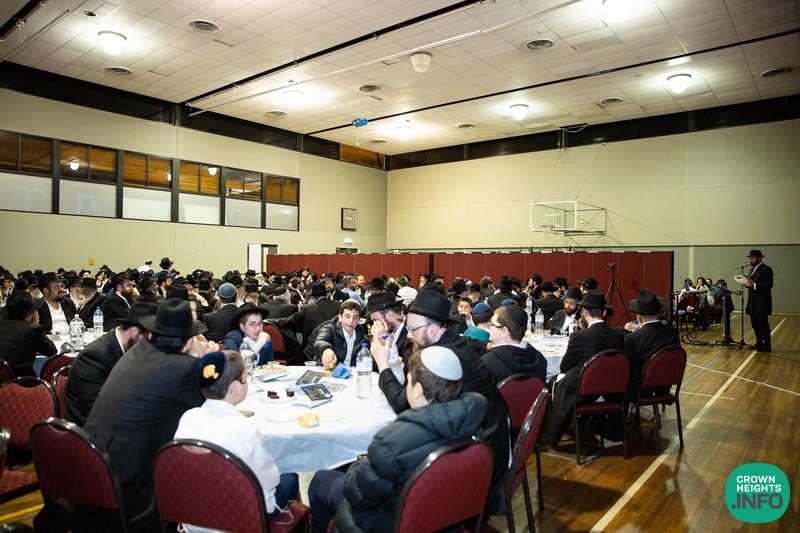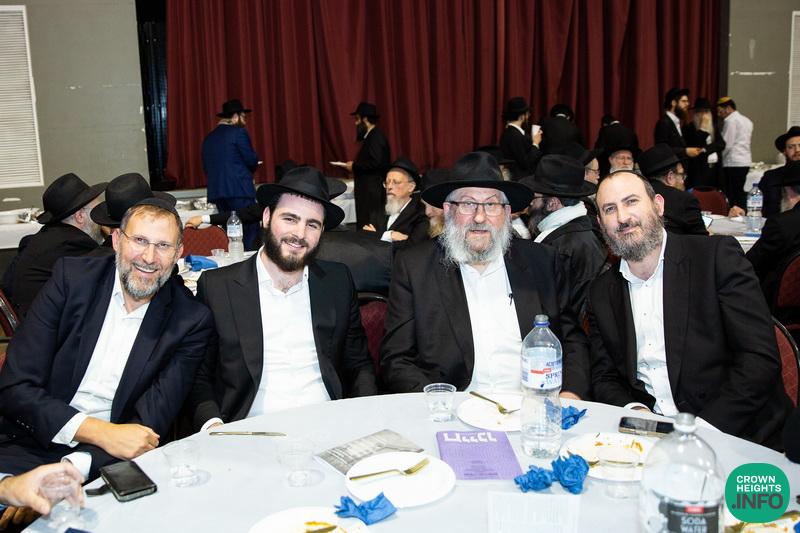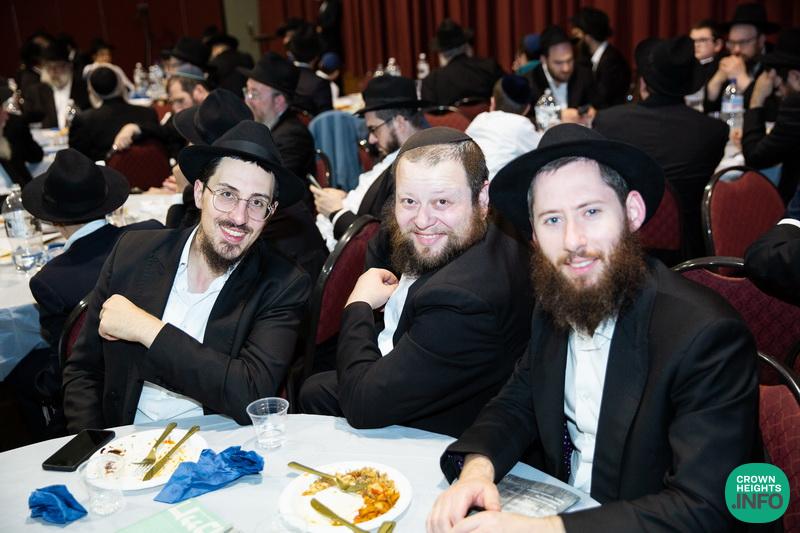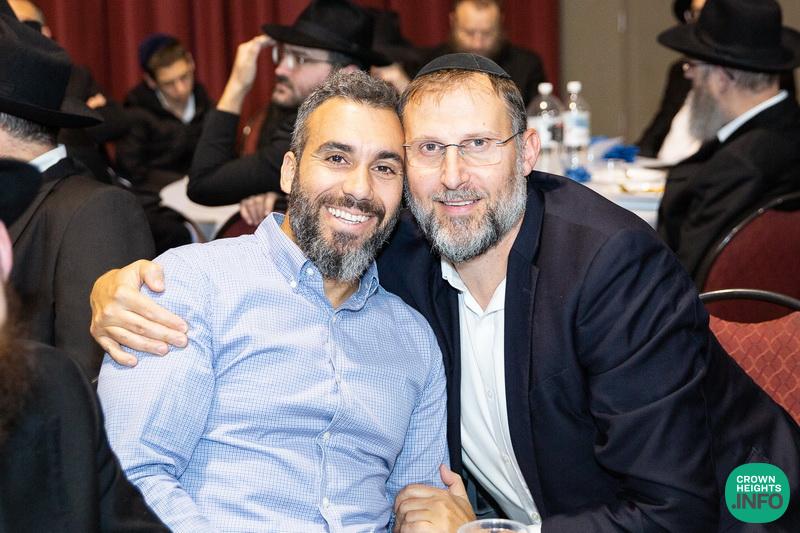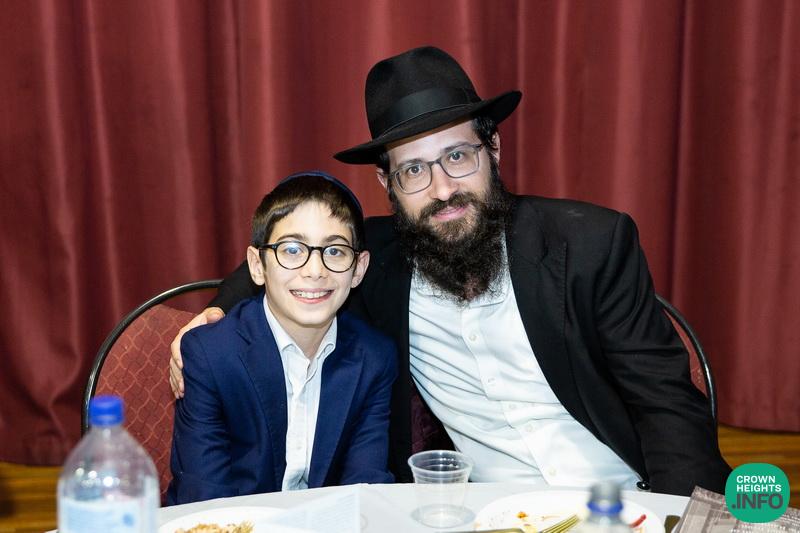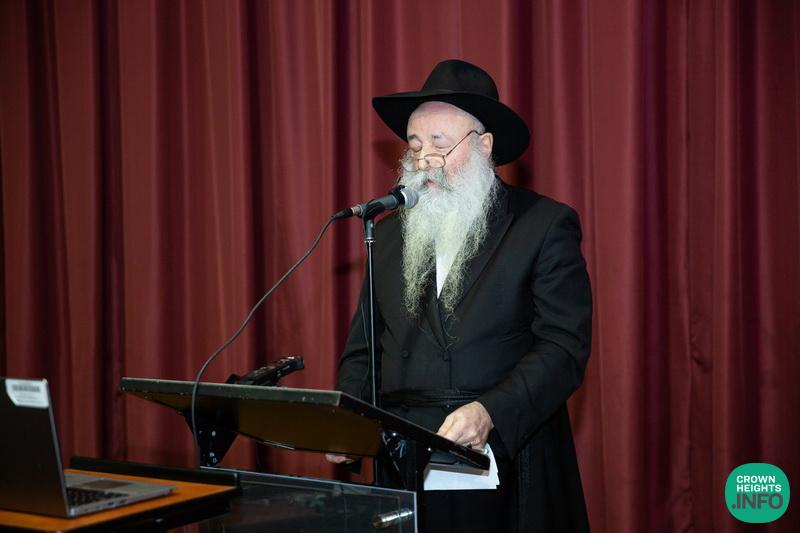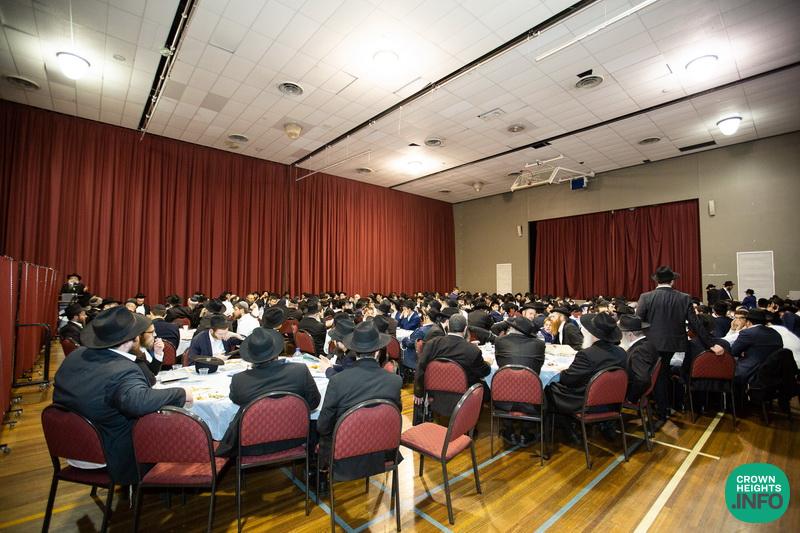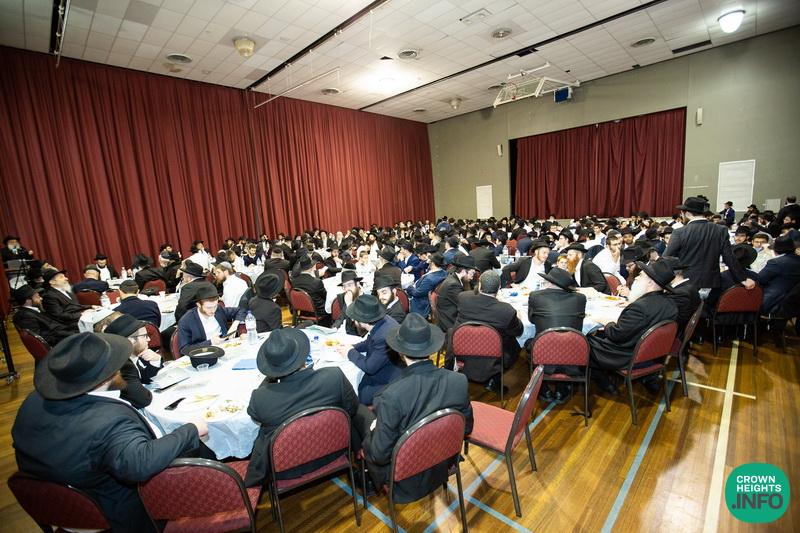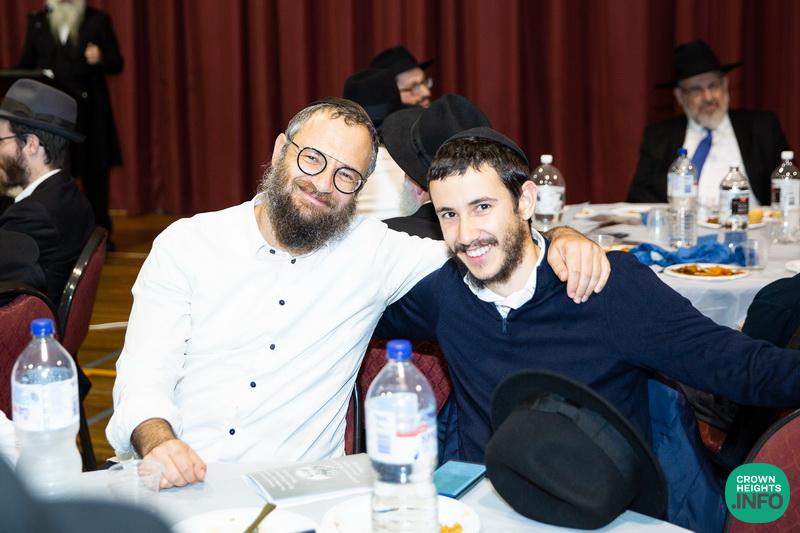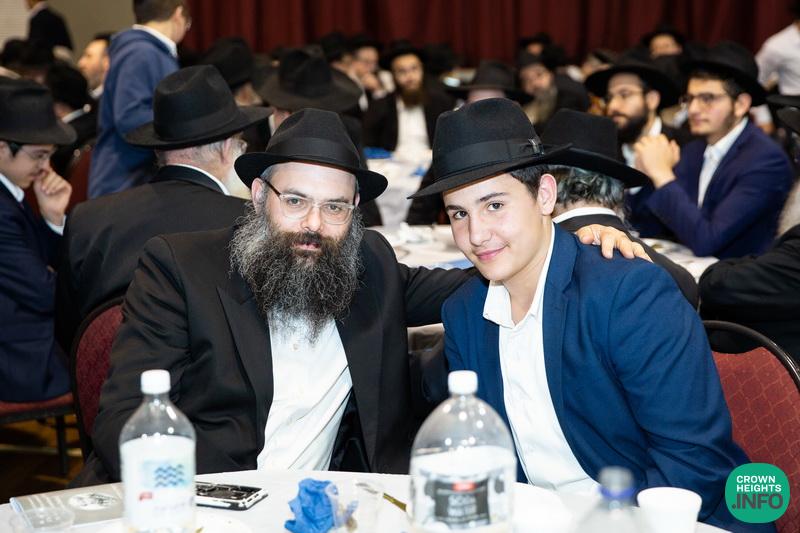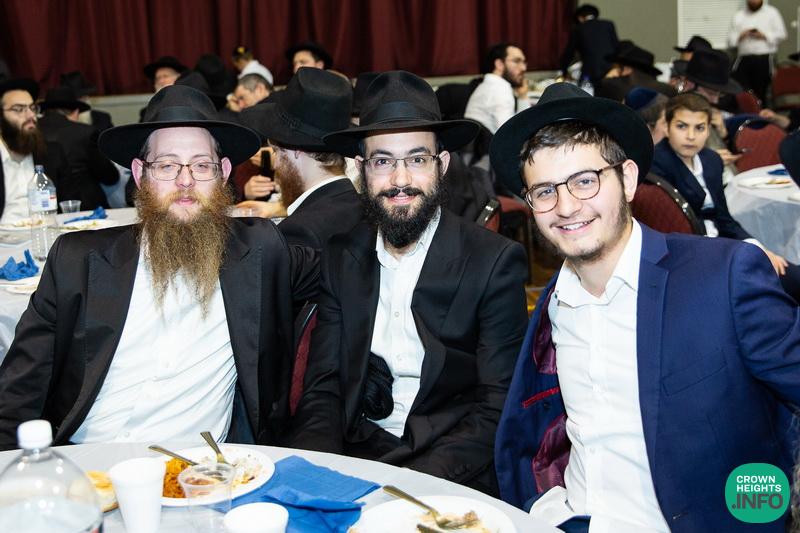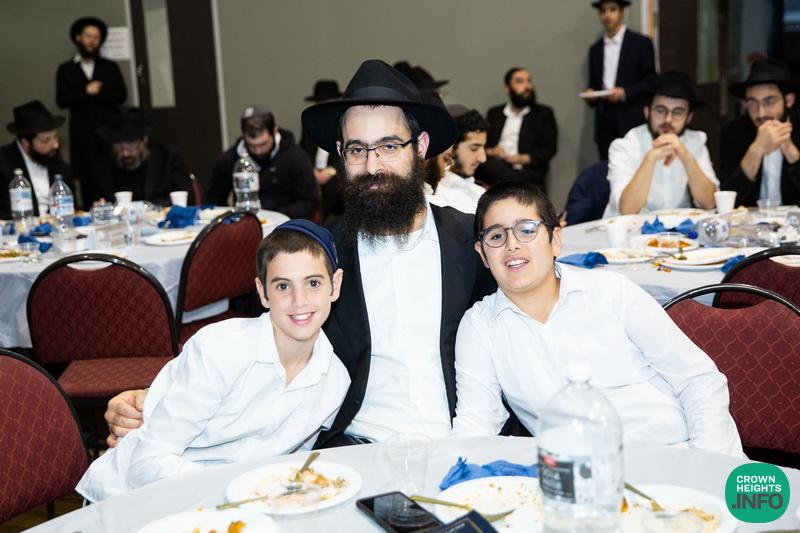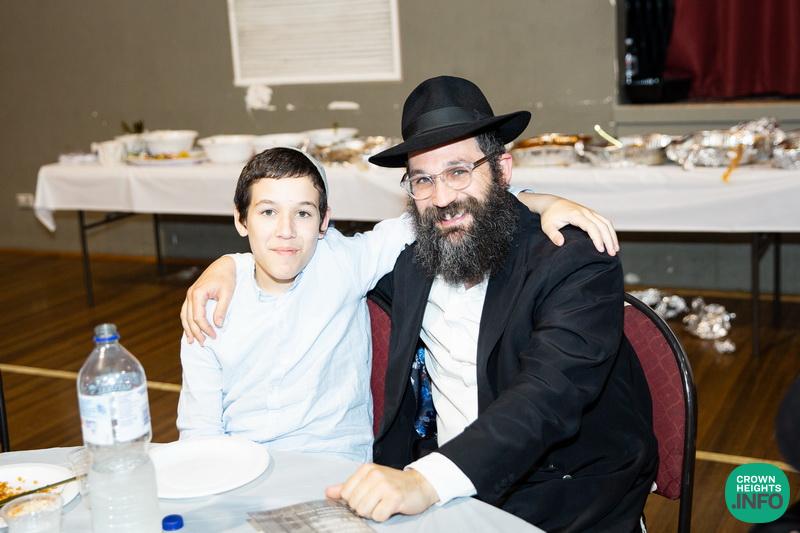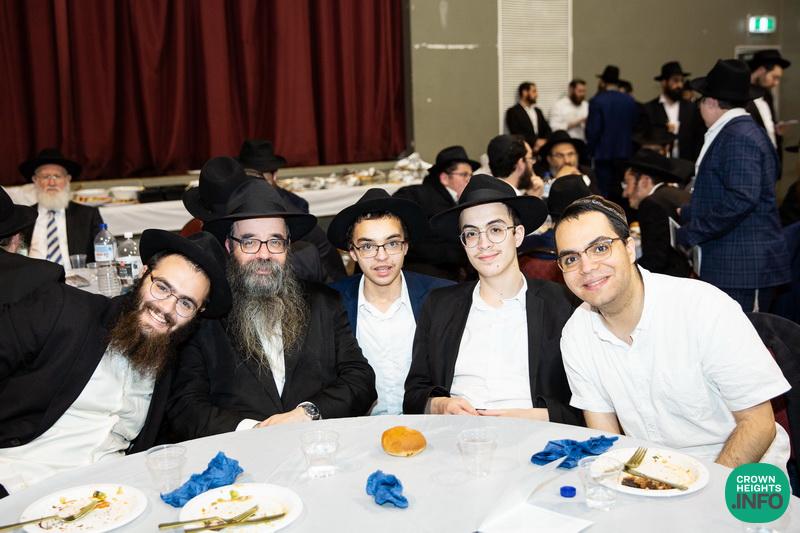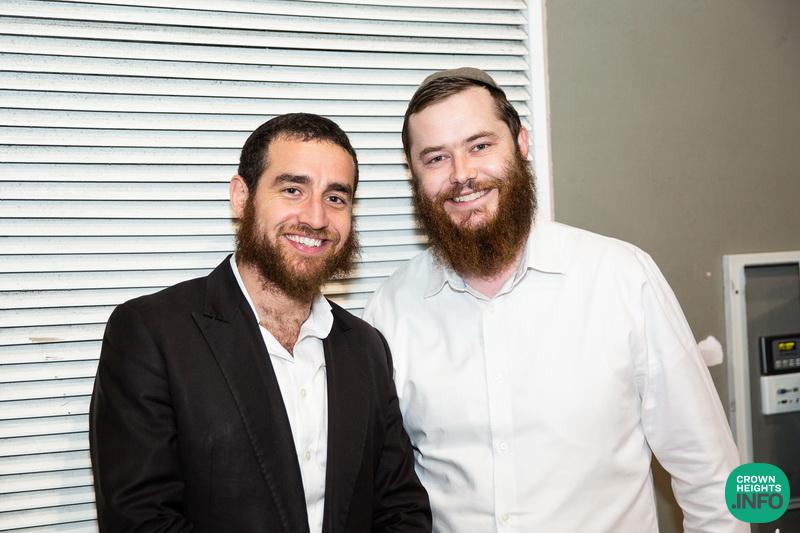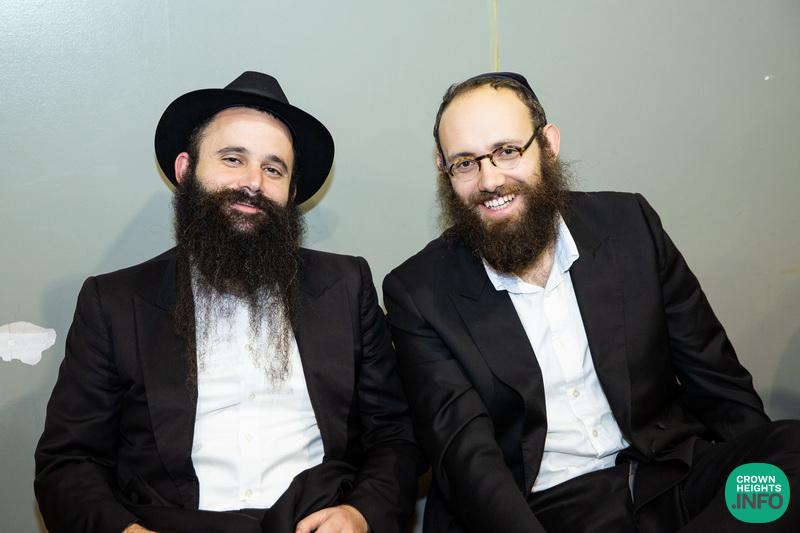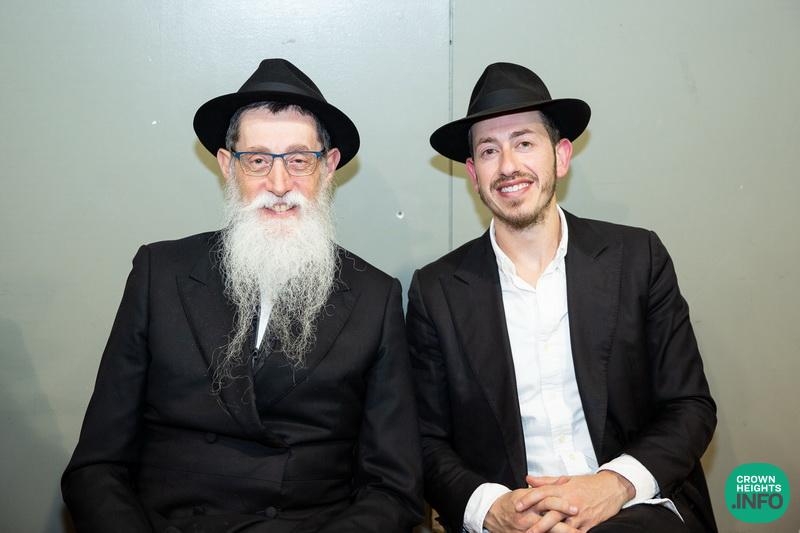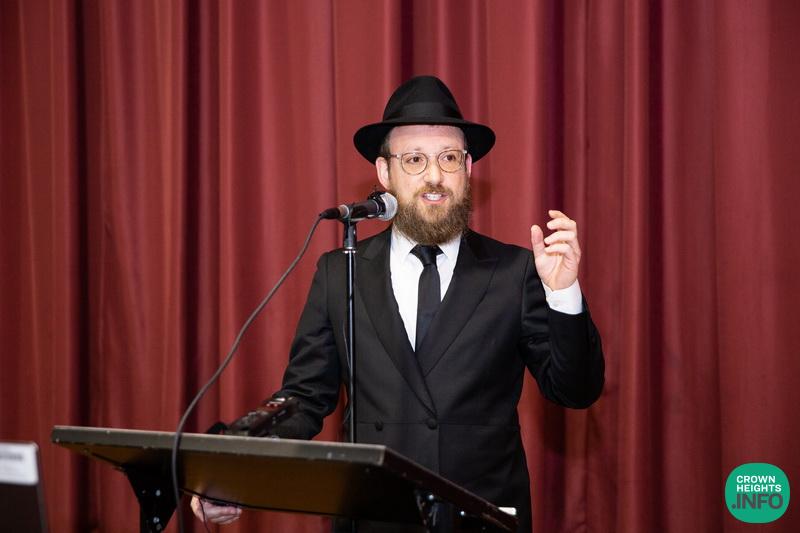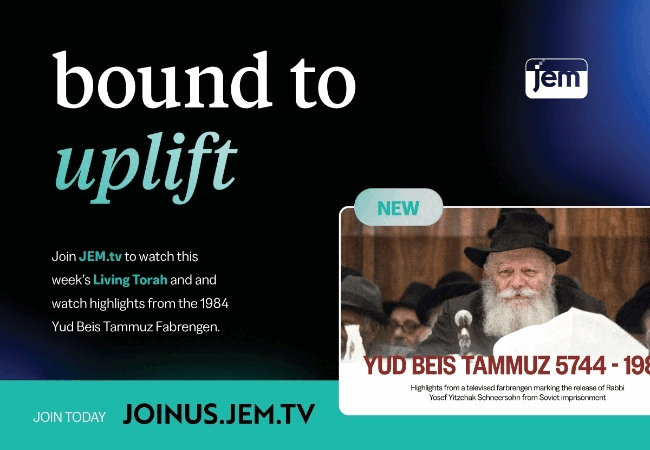
Melbourne Anash Join For Hakhel Melava Malka and Siyum Harambam
This past Motzai Shabbos, over 400 members of the Anash celebrated the Siyum Harambam, with a grand community Melave Malka.
The large Siyum was arranged in honour of Shnas Hakhel, which saw the convergence and Achdus of all three tracks of Limmud Harambam; the conclusion of the 42nd cycle of learning 3 Perakim each day and Sefer Hamitzvos and the 14th cycle of learning 1 Perek a day.
The Siyum was a true Hakhel gathering, with men, women, bochurim and youth joining together in unity; Yishmeu – to hear, Yilmedu – to learn and to be inspired and rededicate themselves to the study of the Rambam who details all of the Mitzvos of the Torah, Veshamru Laasos Es Kol Divrei Hatorah Hazos – to observe all of the words of this Torah.
Rabbi Yehuda Hoch introduced the evening, connecting the Siyum Harambam to Beis Iyar, the birthday of the Rebbe Maharash, after which the crowd joined together to sing the Nigun Lechatchilah Ariber.
The Siyum was made by Chony Milecki, who discussed the Rambam’s sequence that Moshiach will first building the Beis Hamikdash and only then gathering the Jewish people together, drawing a relevant lesson for our times and our Shlichus.
Rabbi Yankel Rapp made the Haschalah of the new cycle of Rambam, sharing some personal anecdotes of his own Rambam journey and dedication to learning Rambam every day from when the Rebbe established the Limmud Harambam in 5744.
Rabbi Avraham Kimchi, the senior Rabbi of the Mizrachi community shared Divrei Bracha. After praising the work of Lubavitch and sharing his deep admiration for Chabad and for the Rebbe, Rabbi Kimchi spoke about the importance of daily Limmud and shared an insight on the precision of the Rambam’s words and categorising of Mitzvos.
The keynote address was delivered by Melbourne native, Rabbi Eliezer Wolf, spiritual Leader at Beit David Highland Lakes Shul, Florida. Rabbi Wolf posed the questions of why Rambam and why now? And why Rambam is so important for the questioning millennial generation.
The answer to this can be seen in the ‘bookends’ of the Mishneh Torah; the first and final Halacha of Mishneh Torah. At the outset, the Rambam tells us that there is a Creator to Whom we matter and to Whom our Avodah matters. And in conclusion, the Rambam tells us that there is a reason for it all and a purpose in why we are here and what we are achieving through everything else that liew between these two ‘bookends’.
The Siyum Harambam was organised by the Kollel, Kollel Menachem Lubavitch, the centre of Torah learning and Shiurim for the Melbourne Anash and wider community.
In honour of the Siyum Harambam of Shans Hakhel, a special Teshura was distributed, presenting the Rambam’s Halachos of Hakhel from the 3rd chapter of Hilchos Chagigah, with commentary and annotation prepared by Rosh Hakollel Rabbi Yonason Johnson, based on the Acharonim and the Sichos of the Rebbe.
In the Zechus of Limmud Harambam, may we merit the immediate arrival of Moshiach, the “king who will arise and restore the dynasty of David… (when) the observance of all of the statutes will return to their previous state… according to all of the details described in the Torah”, including the Mitzvah of Hakhel.
ומלאה הארץ דעה את ה’ כמים לים מכסים
קהל גדול ישובו הנה
